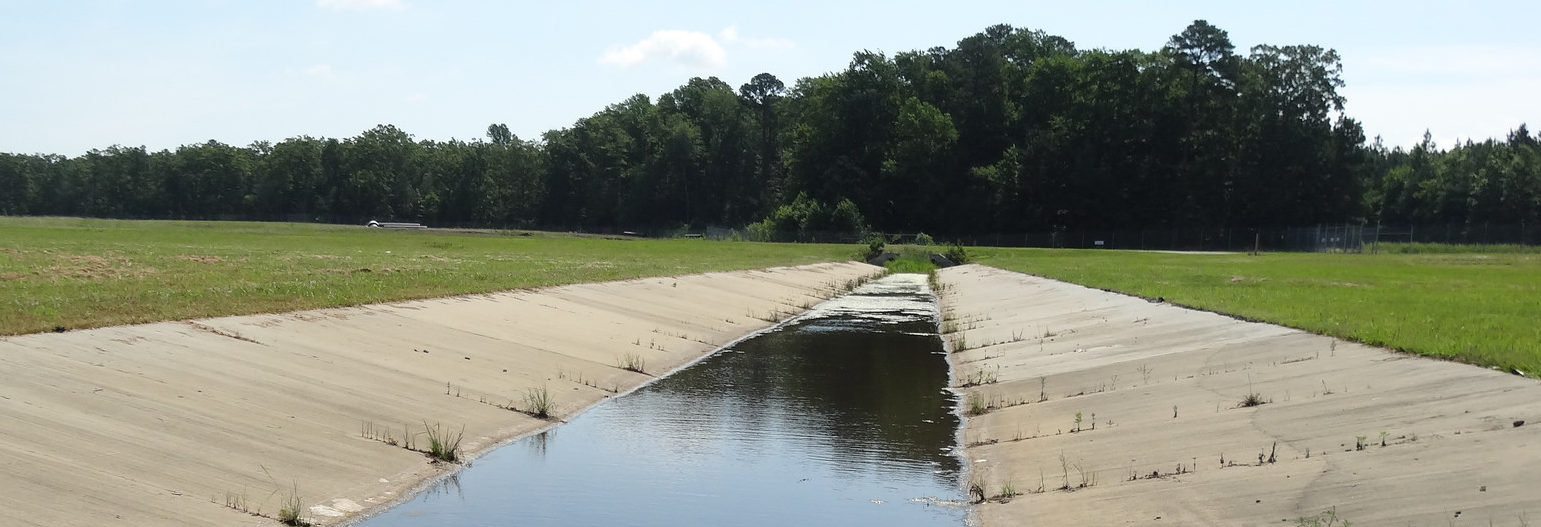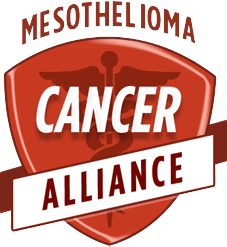All infrastructure, including municipal pipes, roads, bridges and dams, is susceptible to damage and wear and tear over the years. Corrosion, crumbling and age not only weaken these systems, but lead to them breaking down or leaching chemicals and other toxins into drinking water supplies and runoff areas. Pesticides, debris and even pharmaceutical contamination from the surrounding population can impact water quality and system health.
But when the pipes themselves become an issue, finding the source and assessing the situation can uncover an overlooked hazard. Lead pipes are commonly thought of as a potential threat, however, asbestos may also be present in cement pipes in municipalities across the United States, leaving communities at risk of exposure to the carcinogen.
Asbestos cement (AC) pipes were primarily used prior to the 1980s, meaning that water mains and other infrastructure have had to endure 30+ years of use, wear and corrosion. Alongside this progression, natural disasters, weather and construction to the surrounding areas around the pipes can also add another element of potential danger of rupturing these structures, compromising the supply and quality of water. From improper maintenance while addressing these issues to failing to ensure asbestos-containing waste is handled correctly after repairs are completed, contamination can happen at a number of times and in many ways. Once the mineral has been introduced into the ground or water supply, the debris and invisible fibers can be carried into drinking water, watersheds and runoff areas, leaving communities and ecosystems at risk of pollution.
This issue also sheds light on another reason why crumbling infrastructure needs to be addressed and properly managed. Repairing and maintaining old infrastructure is expensive, time consuming and requires constant attention, but the concerns that asbestos piping poses may sometimes go unseen, leaving the community at risk. When encased within the cement, invisible asbestos fibers are considered relatively safe. It’s when these items are broken down that the fibers become friable, or loose, and dangerous. When pipes do begin to break down, asbestos can sometimes be leached at high levels of concentration, to the extent that it was clogging up faucets and showerheads when this issue first came to light.
In situations where concrete pipes corrode or break, asbestos is carried into homes and ecosystems where these loose fibers are able to be swallowed or ingested. When swallowed, the microscopic asbestos fibers become lodged in the gastrointestinal system. It can take anywhere from 10-50 years, but these fibers may cause irritation, scarring and possibly tumors that can lead to an aggressive cancer called mesothelioma. While this rare cancer most commonly affects the lining of the lungs, drinking asbestos-contaminated water can lead to peritoneal mesothelioma, which presents in the lining of the abdomen. Infrastructure safety needs to be safeguarded from all hazards, looking beyond bridges and buildings to water quality delivered from them, particularly against known carcinogens.
Water quality and infrastructure are inextricably linked, and this relationship is only going to become more important and tenuous over time without proper funding and attention.
Resources to learn more:
The Mesothelioma Cancer Alliance – https://www.mesothelioma.com/
The USGS addressing urban water quality issues – https://www.usgs.gov/mission-areas/water-resources/science/urban-land-use-and-water-quality?qt-science_center_objects=0#qt-science_center_objects
The NRDC Drinking Water page – https://www.nrdc.org/stories/whats-your-drinking-water
The EWG Database – https://www.ewg.org/tapwater/#.WuB0ZFMvwWo








